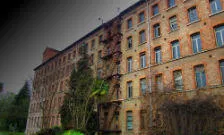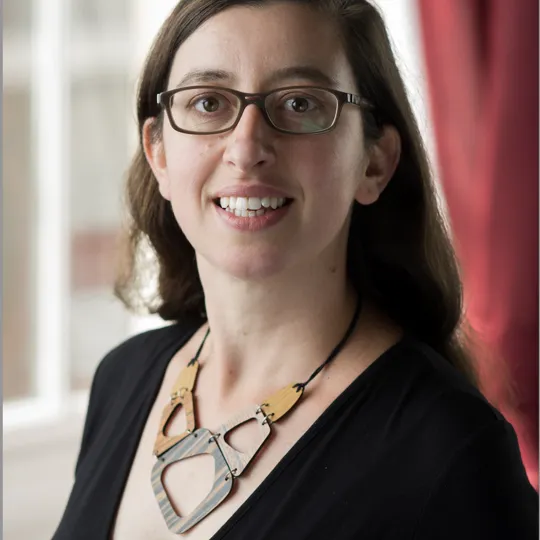13 April 2016
Dr Roberta Comunian advises on the preservation of historic buildings in Vicenza
Dr Roberta Comunian has been invited to join the Scientific Committee of the regeneration is an historical building 'Fabbrica Alta'

Dr Roberta Comunian has been invited to join the Scientific Committee for the regeneration of one of the most important sites of industrial archaeology in the North East of Italy ‘Fabbrica Alta’ in Schio, in the province of Vicenza.
The town – now still a major industrial centre in the field of science and technology – had historically been one of the main wool manufacturing centre in Italy and was given the title of ‘Manchester of Italy’.
At the core of the regeneration is an historical building, ‘Fabbrica Alta’ (Tall Factory) designed in 1861 by the Belgian architect Auguste Vivroux. It was commissioned by Alessandro Rossi, one of the fathers of industrialisation in Italy and visionary philanthropists of the times. During the heydays of the wool industry, based around new steam powered mills, this six storey building hosted more than 800 workers. However, following technological and production changes, the company slowly moved the production out of the centre of town and in the last twenty years, the building was sold and remained empty, and left in state of disrepair.
However, in 2013 the building was re-acquired by the Town Council interested in both preserving the site for its historical value but also to re-connect it with the town centre and its community. The town council is now working with a group experts and academics (including Prof. Panozzo, Ca’ Foscari University of Venice and Prof. Bulegato, IUAV Venice university of architecture and Dr Petrini) and local representative (including local architect Dr Mengato, local historian Prof Ricatti, local entrepreneur Dr Dalla Vecchia) to provide guidance to the future development of the site and its contribution to the local cultural, social and economic context.
The research of Dr Roberta Comunian – who looked at the use of cultural and creative industries in other sites of urban regeneration in the UK, such as Newcastle-Gateshead will offer an opportunity to bring an international perspective into the future development.
At the press conference for the launch of the Scientific Committee Dr Roberta Comunian highlighted the importance also to learn from the mistakes of sites that have been developed to attract tourists, but have not enabled engagement of the local communities and local creative and cultural industries. The impact of current research on the role of education in the creative economy and the importance of connecting cultural production and consumption in sites of regeneration will help Fabrica Alta to live a new future in its community.

